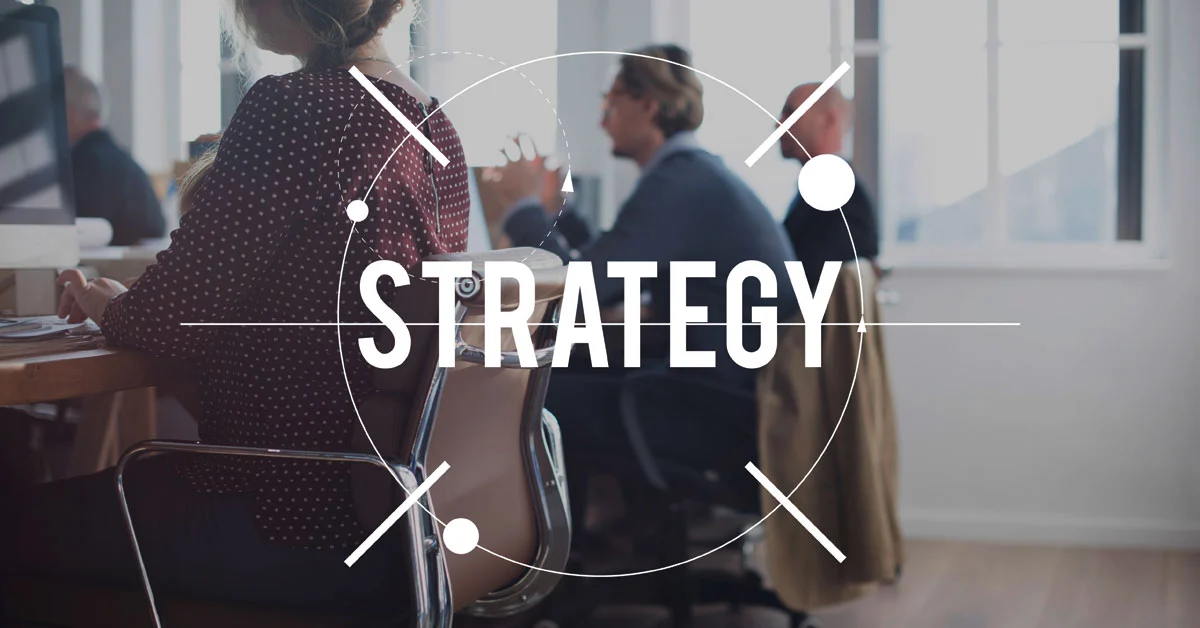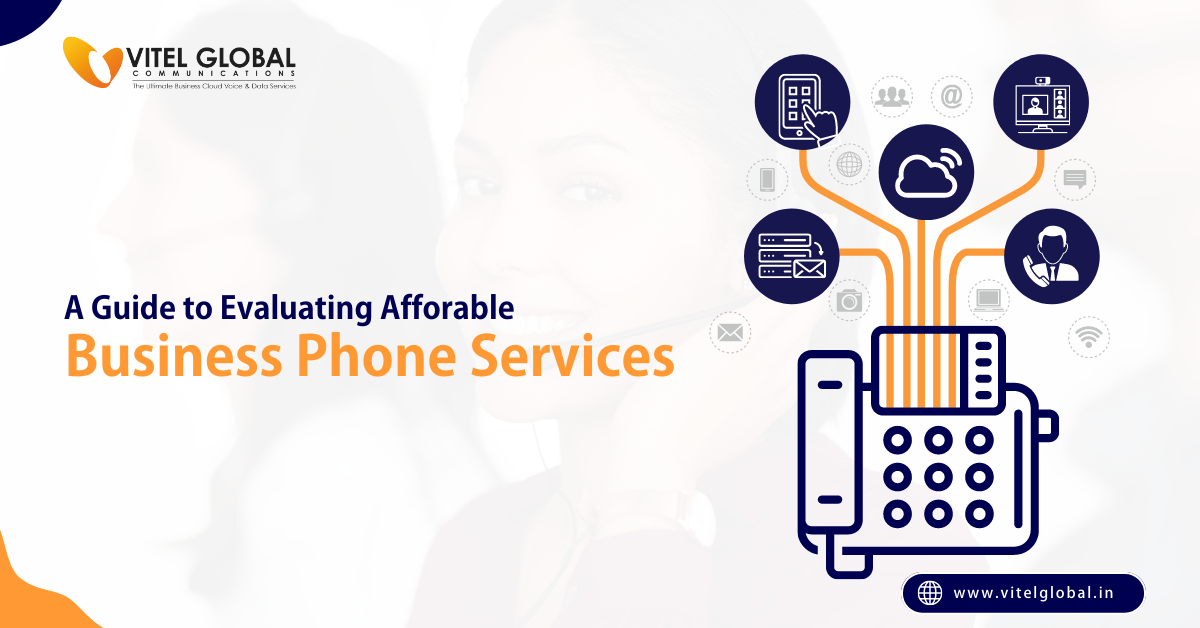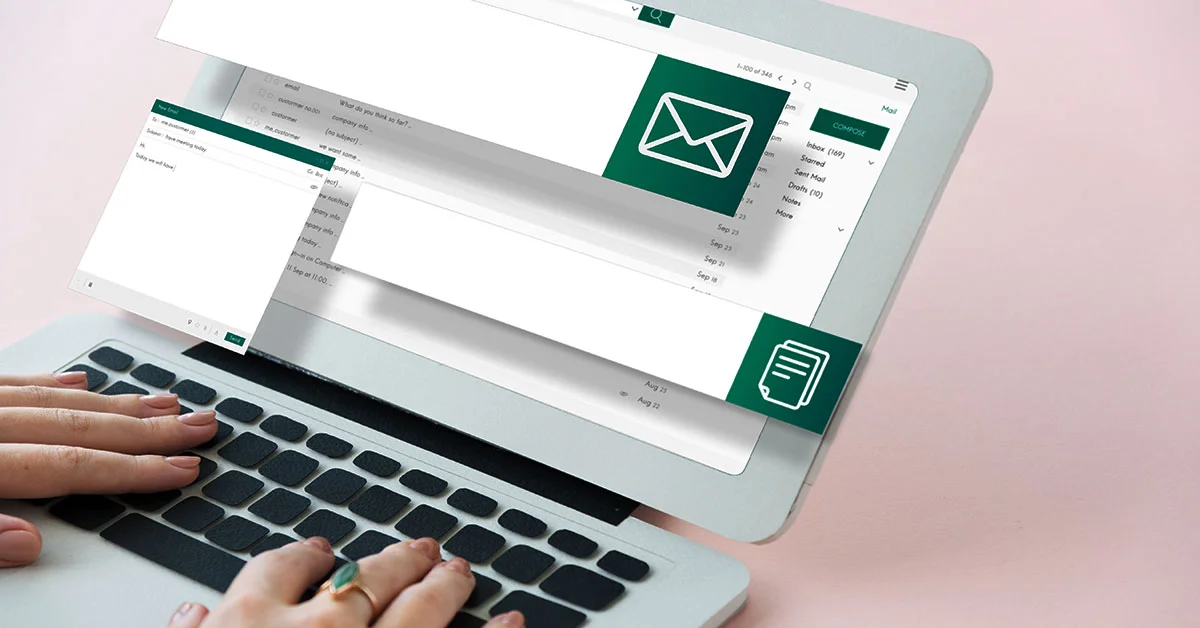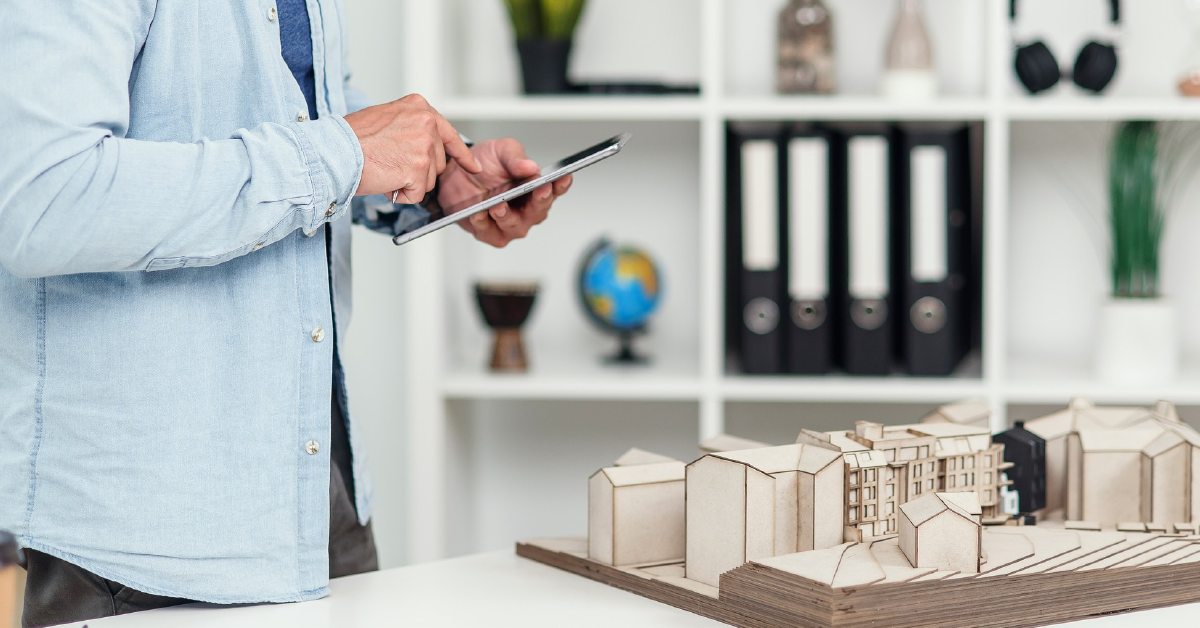Throughout history, retail technology has greatly improved with the help of retail tech tools. It is frequently predicted that retail salespeople will vanish due to new technologies.
Due to competition from internet retailers, pricing pressure from discounters, and greater price transparency for consumers, today’s retail landscape is challenging to navigate from practically any angle. Because competitors may readily copy traditional differentiation tactics in retail, such as offering a unique selection of intelligent pricing and promotions, they are less effective than they previously were. However, shops can still differentiate their products by using personalized tactics, allowing them to create unique experiences for each customer.
The Retail Technology: Personalization Strategies and the Tech Behind the Experience
A personalization strategy in retail technology trends involves modifying the shopping experience for individual customers based on their preferences, behaviours, and historical interactions. It relies on the use of advanced technologies such as artificial intelligence, machine learning, predictive analytics, and immersive technologies like augmented reality.
By collecting and analyzing customer data, retailers can gain valuable insights, predict future preferences, and deliver customized recommendations, promotions, and content. A successful personalization strategy enhances customer satisfaction, fosters brand loyalty, and ultimately drives increased engagement and sales by creating a more individualized and relevant shopping journey.
What Modifying User Experiences Implies in Personalization
Personalization, in the context of changing the user experience, refers to the strategic customization of interactions, content, and offerings to align with the individual preferences and behaviours of users. It involves leveraging data and advanced technologies to understand user needs and deliver a more relevant and engaging experience.
By modifying elements such as product recommendations, content suggestions, and user interfaces, businesses aim to create a more personalized and enjoyable journey for each user. The goal is to enhance satisfaction, build stronger connections, and ultimately foster loyalty by providing users with a unique and tailored experience that resonates with their specific preferences and interests.
Boosting Sales through Enhanced Personalization: Strategies for Success
Boosting sales through enhanced personalization is a powerful strategy in today’s competitive business landscape. Personalization helps create a more tailored and engaging experience for customers, increasing their satisfaction and likelihood of making a purchase. Here are some strategies for successfully implementing enhanced technology tools for personalization to boost sales.
Customer Segmentation
- Create segments for your consumer base according to their preferences, behaviour, or demographics.
- Tailor your marketing messages and product recommendations to each segment’s specific needs and interests.
Data Collection and Analysis
- Gather relevant customer data through various touchpoints, such as website interactions, purchase history, and social media engagement.
- Use advanced analytics to derive insights from the collected data, identifying patterns and preferences.
Personalized Email Campaigns
- Create Customized retail solutions for email messages using instant messaging tools according to the tastes and behaviour of your customers.
- Utilize dynamic content and personalized subject lines to capture attention and drive engagement.
AI-Powered Recommendation Engines
- Implement artificial intelligence (AI) and machine learning algorithms to create personalized product recommendations.
- Utilize these recommendation engines on your website, email campaigns, and other customer communication channels.
Personalized Website Experiences
- Create dynamic and personalized website experiences based on individual customer profiles.
- Use personalized landing pages, product recommendations, and content based on the customer’s preferences and behaviour.
Customized Promotions and Discounts
- Offer personalized promotions and discounts to individual customers based on their purchase history or preferences.
- Use targeted promotions to encourage specific customer experience techniques.
Interactive Content
- Develop interactive content such as quizzes, surveys, or personalized assessments to engage customers.
- Use the insights gathered from these interactions to personalize future recommendations and communications.
Omni-Channel Personalization
- Ensure a consistent and personalized experience across all customer touchpoints, including websites, mobile apps, social media, and in-store interactions.
- Integrate customer data and insights seamlessly across different channels.
Real-Time Personalization
- Implement real-time personalization to adjust content and recommendations at the moment based on customer interactions.
- This can enhance the relevance of your communication and offerings.
Customer Feedback and Iteration
- Gather feedback on the effectiveness of your personalization efforts from customers.
- Use this feedback to iterate and refine your personalization strategies continually.
Compliance with Privacy Regulations
- Ensure that your personalization efforts comply with privacy regulations and that customer data is handled securely.
- To gain customers’ trust, make your data usage and privacy rules clear.
Tech Tools for Retailers that can be used to customize the Shopping Experience
Retailers can use a variety of retail tech tools to improve the buying experience. Systems for customer relationship management (CRM) make it possible to handle customer data for targeted advertising. Customer preferences are better understood through social media integration, while physical store layouts are optimized by in-store analytics. Together, these resources give merchants the ability to personalize the buying experience, increasing patron engagement and loyalty. The following tech tools are useful for customizing the consumer experience.
Customer Relationship Management (CRM) Systems
CRM systems help retailers manage and analyze customer data, including purchase history, preferences, and interactions. Use CRM data to create personalized marketing campaigns, loyalty programs, and targeted promotions.
Point-of-Sale (POS) Systems
Modern POS systems offer features like customer profiles, purchase history tracking, and loyalty program integration. Use POS data to personalize recommendations, offer discounts, and provide a smooth checkout experience.
Beacon Technology
Beacons use Bluetooth technology to send personalized messages or promotions to customers’ smartphones when they are in proximity to the store. Implement beacons for in-store personalization, such as sending special offers or product recommendations based on the customer’s location.
RFID Technology
RFID tags on products enable real-time tracking of inventory and customer interactions. Implement RFID for personalized experiences, such as smart fitting rooms that suggest complementary items or provide product details when an item is picked up.
Augmented Reality (AR) and Virtual Reality (VR)
AR and VR technologies can be used to create immersive shopping experiences. Implement AR for virtual try-on experiences, allowing customers to visualize products in their environment before making a purchase.
Personalized Mobile Apps
Develop mobile apps that offer personalized content, product recommendations, and exclusive promotions. Use push notifications to alert customers about personalized deals and events.
AI-Powered Chatbots
Implement AI chatbots on websites and apps to provide personalized assistance to customers. Use chatbots to answer queries, recommend products, and guide customers through the shopping process.
Dynamic Pricing Tools
Use dynamic pricing retail tech tools that adjust prices based on factors such as demand, competitor pricing, and customer behaviour. Implement personalized pricing strategies for loyal customers or specific segments.
Voice Commerce
Enable voice-activated shopping experiences using technologies like voice assistants. Implement voice recognition for personalized interactions and seamless order placement.
Augmented Analytics
Utilize augmented analytics tools to derive insights from large datasets. Apply these insights to tailor marketing strategies, inventory management, and product assortments based on customer preferences.
Social Media Integration
Integrate social media platforms with your retail tech tools to understand customer sentiment and preferences. Use social media data to tailor marketing campaigns and engage with customers on their preferred channels.
In-Store Analytics
Implement in-store analytics tools to track customer movement and behaviour within physical stores. Use this data to optimize store layouts, improve product placements, and enhance the overall in-store experience.
No Boundaries, No Limits: Enjoy Unlimited VoIP Calling to the USA
Conclusion
Personalization is the missing piece that can set your brand apart from the competition. By applying new retail tech tools such as AI, predictive analytics, AR, VR, beacons, and CRM systems, retailers can create highly tailored experiences that resonate with individual customers. As consumer expectations continue to evolve, the ability to adapt and personalize the shopping journey will be a key determinant of success in the retail industry. Embrace the power of personalization, and watch your retail strategy flourish in the age of the individualized customer experience.







